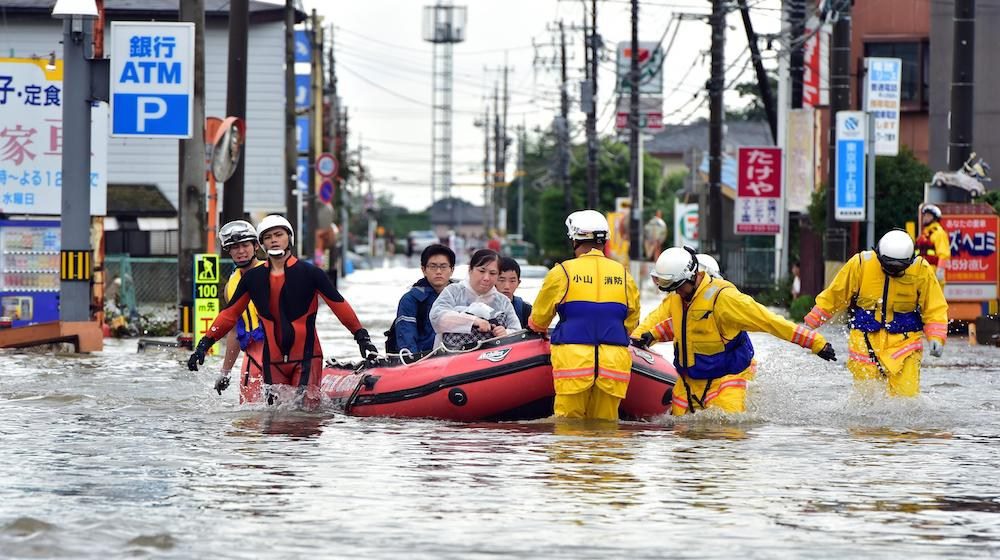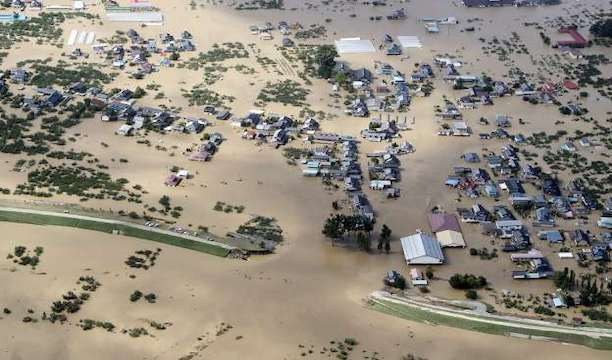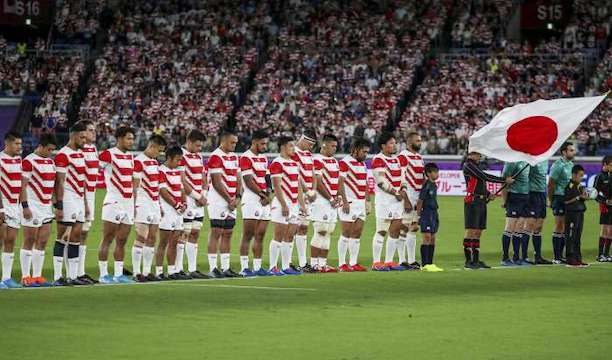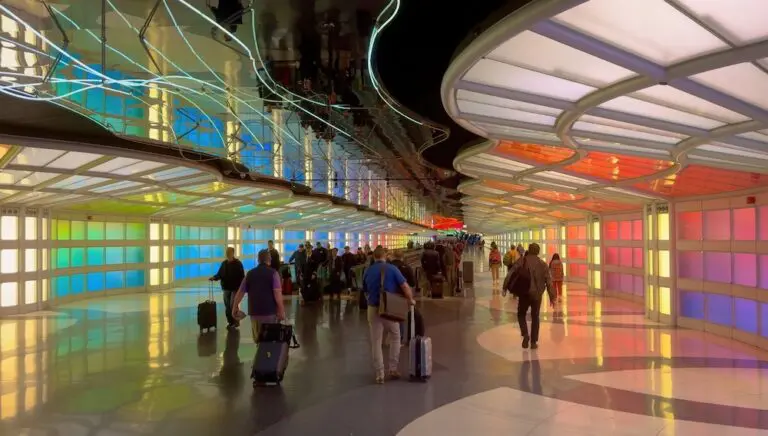The ‘worst storm in 60 years’ has battered parts of Japan and as Typhoon Hagibis heads back out to sea, it leaves a cacophony of death and destruction in its wake.
Typhoon Hagibis sustained winds of 220 kph and gusts up to 270 kph, which is the equivalent of a category four hurricane.
Japan typically sees impacts from between five and six typhoons per year, though not all of these make direct landfall. Even among these, however, Typhoon Hagibis stands out for its track and the amount of rainfall it delivered to highly populated areas in a short period.
At least 25 rivers burst their banks, flooding more than 1,000 homes in cities, towns and villages after the deadly storm dumped 40% of the country’s average annual rainfall in some areas.
Words cannot even begin to explain the horror of being caught up in such a horrific natural disaster and our thoughts are with everybody who has been affected.
Rescue mission
Thousands of rescuers have been searching for survivors in Japan in the wake of super-typhoon Hagibis. According to Japan’s Kyodo News agency, 48 people have lost their lives, 17 are still missing and some 100 were injured.
More than 370,000 households were without power, and at least 15,000 homes were without water. Rescue helicopters have been plucking stranded people from the balconies and rooftops of their flooded houses.
Sadly, one woman fell to her death as she was being transferred to a rescue helicopter.
Areas that took the brunt of the strong winds and heavy rainfall were Nagano, Gunma, Saitama, Kanagawa, Fukushima and Miyagi.
Back to reality
Much of life in Tokyo returned to normal yesterday. People ventured back into the city, trains resumed and store shelves left bare when people were stockpiling were replenished.
Weekend landing restrictions at Tokyo’s Narita and Haneda airports have now been lifted, but more than 800 flights were cancelled over the weekend, as were some Shinkansen bullet train services to the worst-hit areas.
Due to backlog, Narita Airport advises passengers to check their flights before heading to the airport.
Travel companies are doing their best to operate as normal and cause minimal disruption to travellers.
“At this stage, Intrepid Japan trips are operating as planned, as our tours do not go to the affected areas. The safety of our travellers is always our first priority, so we’ll continue to monitor the situation closely through official travel advisories as well as consult with our experienced team in Tokyo.”
Tara Kennaway, Intrepid Travel’s Regional Product Manager for Asia
Disneyland and DisneySea closed its gates on Saturday for the first time since the earthquake and resulting deadly tsunami in 2011 that killed nearly 20,000 people, but is reopen for people to get their little fix of magic, amongst the mayhem.
Rugby World Cup organisers cancelled two matches on Saturday and a third match on Sunday. Japan’s match against Scotland went ahead on Sunday evening, where the brave blossoms made history, making it through the quarter-finals.








